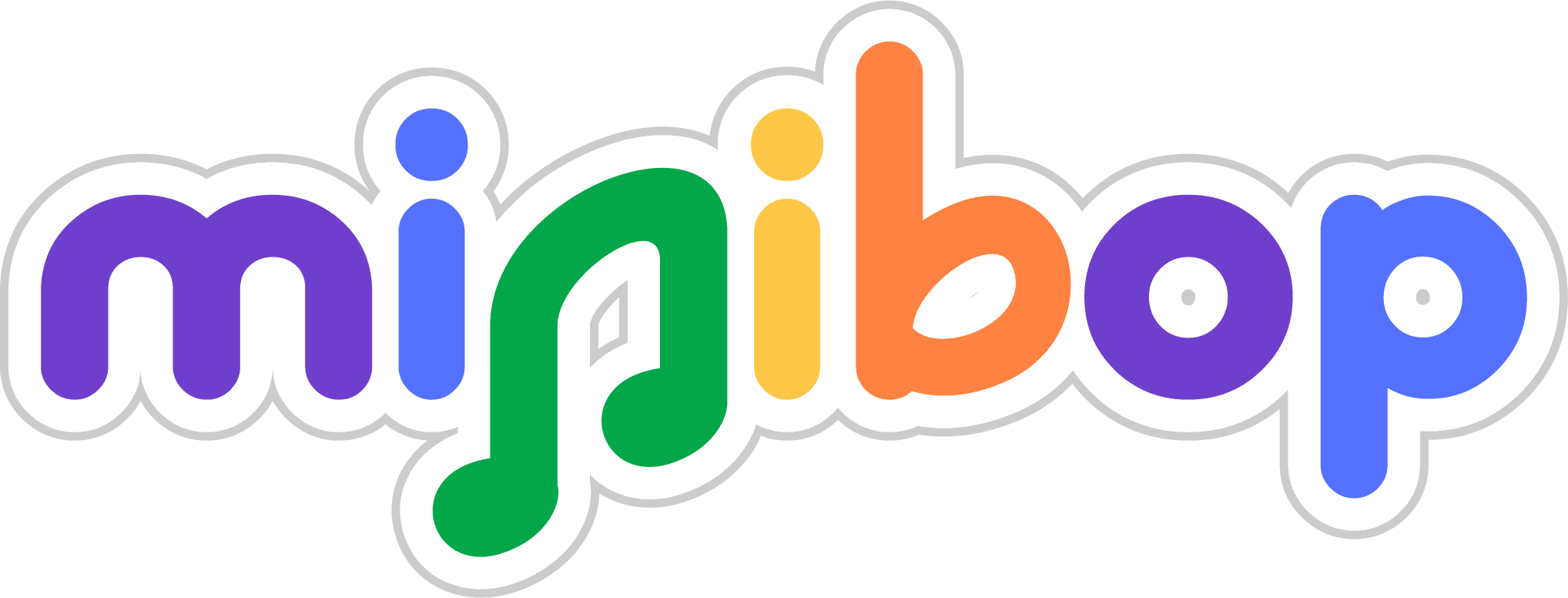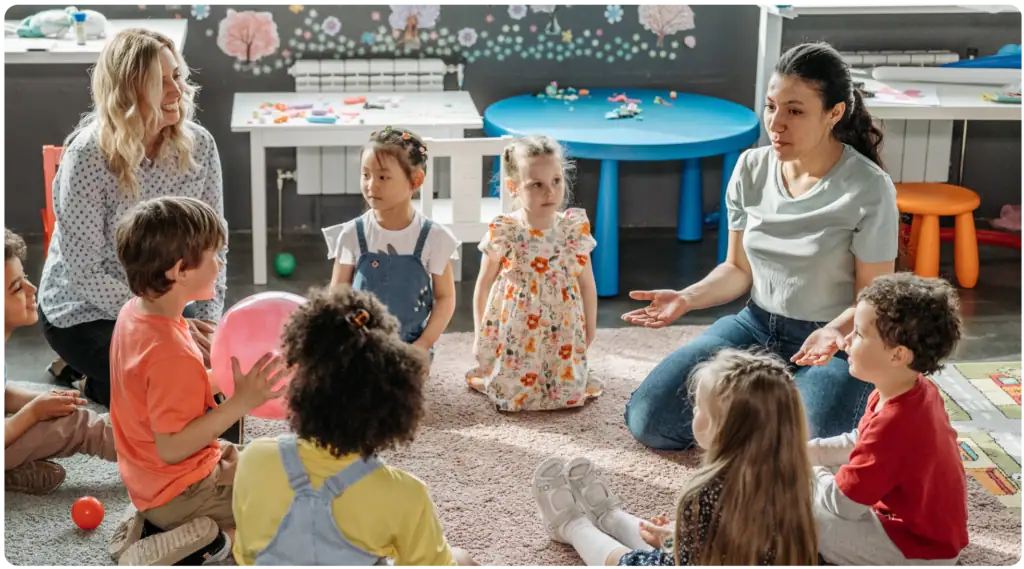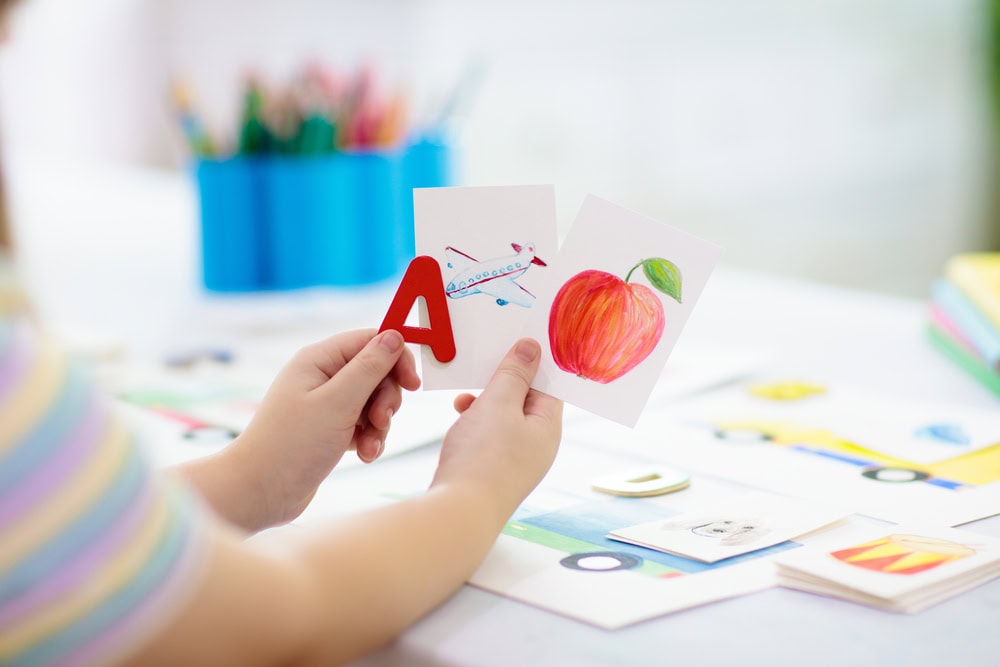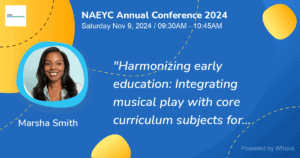Introduction
Music is a powerful tool in early childhood education. It greatly impacts a child’s growth, both mentally and emotionally. This is especially true in their early years. The National Association for Music Education shows how music can boost language skills and social growth. That’s why it’s key to include music in your preschool homeschool curriculum plan.
In this article, we’ll look at the top 10 benefits of adding music to your preschool homeschool curriculum. You’ll learn how music helps your child’s brain, feelings, and social skills grow. We’ll also share easy tips to bring music into your daily lessons. When you add music to your preschool homeschool plan, kids will keep humming and singing long after class. This helps them remember what they’ve learned. Let’s begin!
As you plan your homeschooling journey, be sure to check out our article, “The 2024 Guide to Choosing the Right Preschool Homeschool Curriculum,” which will help you create a well-rounded and effective learning plan for your child. And once you’re ready to harmonize your homeschooling with intentional, evidence-based learning through music, learn how Minibop’s CLIMB Curriculum is the perfect musical supplement to your preschool homeschool curriculum.
Cognitive Benefits
Enhances Memory and Recall
Music helps kids remember things better. Many learning tools use songs to teach. For example, many kids learn the ABCs by singing. When facts come with music, kids are more likely to remember them. This is because music wakes up different parts of the brain. It makes it easier to store and recall information.
Studies by Harvard University show that pairing facts with music boosts memory. Music turns on many areas of the brain. This makes it easier for kids to recall facts and ideas.
When you add music to your preschool homeschool curriculum, kids will keep humming and singing after class. This naturally helps them remember what they’ve learned.
Boosts Mathematical Skills
Music and math go hand in hand. When kids learn about rhythm, they also learn about patterns and counting. Counting beats in a song helps kids understand numbers and how they work together. This link between music and math can boost your child’s number skills without them knowing they’re learning math.
Research shows that understanding rhythm and patterns in music can improve math skills in preschoolers. PBS Parents explains how activities like counting beats can help develop strong number skills. This makes music a natural fit with math education.
Most preschool homeschool plans focus on early math skills like counting and knowing numbers. Many songs encourage counting, which makes learning early preschool math fun and easy. Here are some songs that encourage counting along:
- “One, Two, Three, Four” by Plain White T’s
- “1234” by Feist
- “Five Years Time” by Noah and the Whale
- “Count On Me” by Bruno Mars
- “123456” by Fitz and The Tantrums
- “123” by Gloria Estefan
- “One Thing” by One Direction
- “Eight Days a Week” by The Beatles
- “Seven Nation Army” by The White Stripes
- “Three Little Birds” by Bob Marley
Improves Language Development
Singing songs can also help with language growth. Kids learn new words and phrases as they sing along to their favorite tunes. Nursery rhymes are great for improving how kids say words and growing their vocabulary. The repetition in songs helps reinforce these new words. This makes it easier for young children to remember and use them.
Studies in ScienceDirect show that musical activities like singing improve how kids hear sounds and learn words. This makes music a great tool for boosting language skills in your preschool homeschool plan.
Stimulates Creativity and Critical Thinking
Music encourages kids to think creatively. When a child listens to music, they often imagine stories or pictures in their minds. This helps them develop creativity. Also, when kids create their own songs or rhythms, they use critical thinking. They must decide how to arrange sounds to make music. This is a valuable problem-solving skill.
Psychology Today discusses how listening to and creating music can spark imagination and problem-solving skills. These activities promote critical thinking. They allow children to explore different ways to express themselves and solve problems creatively.
Emotional Benefits
Reduces Stress and Anxiety
Music has a natural calming effect on children. When they listen to soothing music, it can help lower stress and worry. This is especially helpful during transitions or after a busy day. Playing soft music during quiet time can create a peaceful setting. It helps children relax and recharge before the next lesson.
Research by the American Psychological Association shows that music can greatly reduce stress and anxiety in children. Adding calming music to your homeschool routine can create a peaceful learning environment. This helps your child manage stress effectively.
Enhances Emotional Expression
Sometimes, kids find it hard to express their feelings with words. Music offers them a different way to express how they feel. Whether they’re happy, sad, or even frustrated, children can use music to share those feelings. Singing or playing an instrument allows them to channel their emotions in a healthy way.
The Child Mind Institute notes that music allows children to express emotions they might not be able to put into words. This makes music a valuable tool for emotional growth. It provides a way for children to explore and express their feelings safely and constructively.
Builds Confidence
Learning music can boost a child’s self-esteem. When a child masters a song or learns to play an instrument, they feel a sense of achievement. This builds confidence, not just in music but in other areas of their preschool homeschool learning. Performing in front of others, even just for family, can also help children become more comfortable speaking or performing in public.
At Minibop, we’ve seen firsthand how musical play-based learning – especially in groups – can transform shy children into confident and creative ones. Many of our students who started in recent years are considered “pandemic babies.” They lacked chances to build confidence in group settings. However, many of these children are now thriving, partly because of the effectiveness of Minibop’s programs.
Social Benefits
Encourages Collaboration and Teamwork
Music is a great way to teach children how to work together. Group music activities, like playing instruments or singing in a choir, require teamwork. Children learn to listen to each other, take turns, and contribute to a common goal. These skills are essential for teamwork and are valuable across all subjects in your preschool homeschool curriculum.
Fosters Cultural Awareness
Music opens the door to different cultures. By exposing children to various musical styles from around the world, they learn about different traditions and histories. This builds an appreciation for diversity. For example, you might introduce your child to African drumming or classical Indian music as part of a world history lesson. This not only broadens their musical knowledge but also enhances their understanding of global cultures.
Introducing your child to various musical traditions can widen their understanding of the world. Resources like Smithsonian Folkways provide access to a wide range of music from different cultures. This helps children appreciate and respect cultural diversity as part of their homeschool education.
Strengthens Parent-Child Bonds
Music can also bring families closer together. When you sing or play music with your child, you’re creating shared experiences and memories. These moments strengthen the bond between you and your child. Adding music to your homeschool routine can become a special time where you both connect on a deeper level, away from the more formal aspects of the curriculum.
Music’s Role in Enhancing Learning Across Subjects
Music and Literacy
Music can play a key role in developing literacy skills. Songs often tell stories, and by singing them, children boost their understanding and listening skills. You can use music to support reading lessons. For example, after reading a book, you might sing a song related to the story. This makes the reading experience more interactive and helps solidify the concepts.
Reading Rockets explains that using songs that tell stories can improve a child’s reading comprehension and listening skills. By adding music to your literacy lessons, you make reading more engaging and interactive. This can lead to better learning outcomes.
Minibop’s CLIMB Preschool Homeschool Curriculum has dozens of lessons and activities that focus on boosting literacy through music.
Music and Science
Music is also a useful tool for teaching science. Sound waves, vibrations, and the physics of sound can be explored through music. Creating simple musical instruments at home can turn into a fun science experiment. For example, making a rubber band guitar helps children understand how vibrations create sound. This links music directly to scientific concepts.
You can easily combine music with science lessons to explore concepts like sound waves and vibrations. The Exploratorium offers hands-on experiments that allow children to learn about the physics of sound through music. This makes science more engaging and easier to understand.
Music and History
Music brings history to life. Many historical events or periods have unique music associated with them. By listening to or singing these songs, children can get a better feel for the time period. For instance, learning about American history through folk songs helps children understand the emotions and stories of the past. Music adds depth to history lessons, making them more engaging and memorable.
Tips for Easy Integration of Music into Daily Lessons
Start the Day with Music
Begin your homeschool day with music to set a positive tone. A morning song can become a daily ritual that signals the start of learning. It’s a simple way to get your child ready and excited for the day ahead. Here are some toddler-friendly song suggestions that we know little ones love:
- “Here Comes the Sun” by The Beatles
- “Three Little Birds” by Bob Marley
- “Happy” by Pharrell Williams
- “What a Wonderful World” by Louis Armstrong
- “Lovely Day” by Bill Withers
- “Walking on Sunshine” by Katrina and the Waves
- “Best Day of My Life” by American Authors
- “Rise Up” by Andra Day
- “Beautiful Day” by U2
- “It’s a Great Day to Be Alive” by Travis Tritt
- “Blue Sky” by LeAnn Rimes
If you’re looking for even more kid-friendly nursery rhyme type songs, check out our free to listen preschool classroom playlist on Spotify.
Use Music for Transitions
Transitions between activities can sometimes be challenging. Using short musical cues can make these transitions smoother. For example, a clean-up song can signal the end of playtime and the start of a new activity. This helps children understand what’s coming next and makes the shift easier.
Incorporate Music into Storytime
Add music to your storytime to make it more engaging. You can sing a related song after reading a book or even use background music to set the mood. This makes storytime more interactive and helps reinforce the themes of the story.
Create a Dedicated Music Time
Set aside specific times in your homeschool schedule for music. Whether it’s daily or weekly, having dedicated music time ensures that your child consistently benefits from musical activities. You might use this time for music appreciation, singing, or learning a new instrument.
Use Technology and Resources
There are many online resources and apps that can help you add music to your preschool homeschool curriculum. You don’t need to be a music expert. Simple apps can teach basic music theory, and online videos can guide your child through learning an instrument. These tools make it easy to include music in your lessons without added stress.
For parents who might not be musically inclined, apps like Yousician and educational platforms like Khan Academy offer guided lessons. These make it easy to add music education to your homeschool routine without needing extensive musical knowledge.
Conclusion
Adding music to your preschool homeschool curriculum offers many benefits. From boosting brain skills to enhancing emotional expression, music is a powerful addition to any homeschool plan. It also brings families closer together and makes learning more enjoyable and effective.
Even if you’re new to homeschooling or to music education, you can begin integrating music into your preschool homeschool curriculum step by step. A beginner’s guide, like those found on Homeschool.com, can provide you with the tips and tools you need to get started. By taking small steps, you can make music a consistent and enjoyable part of your child’s learning experience.





